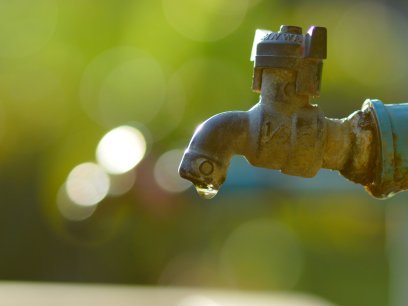
Did you know that 2019 was the second-warmest year on record? In fact, according to the National Oceanic and Atmospheric Administration (NOAA), the 10 warmest years on record have all occurred since 1998, with nine out of 10 occurring since 2005. Rising global temperatures can mean higher than average energy usage to keep your home cool—here’s how to keep those energy costs in check this summer.
5 money-saving tips for summer cooling
The first step is to make smarter choices when it comes to cooling your home. With some simple adjustments to your daily routine, you can reduce your energy usage and shave money off your household energy bills this summer. Follow these tips from the Office of Energy Efficiency & Renewable Energy and EPA’s ENERGY STAR program.
- Clean or replace your air conditioning (AC) filter every month.
In the summer, your AC works hard to cool your home’s interior as temperatures soar outside. A clean air filter helps your AC unit run more efficiently. - Give your AC an annual check-up.
To reduce your cooling costs and prevent expensive maintenance down the road, keep your AC unit in good shape with a yearly tune-up. Call a qualified contractor, who should check thermostat settings, tighten electrical connections, lubricate moving parts, inspect the condenser drain, check system controls, clean the evaporator and condenser coils, check refrigerant level, and clean blower components. - Adjust your thermostat.
When you are at home, set the temperature as high as you feel comfortable (the Department of Energy recommends 78°) to keep the home cool. At night or when you’ll be away from home, raise the temperature even higher. You can save about $180 in annual energy costs with simple changes like this! - Don’t let the sun in.
In the daytime, close your curtains, shades, or window blinds to block the heat of the sun from penetrating your home’s interior. Outside, consider installing an awning or even planting trees or shrubs to keep the heat out, especially on the south- and west-facing sides of your home. - Turn on a fan.
You can reduce cooling costs by up to 14% just by raising your thermostat two degrees and turning on a ceiling fan. Remember to turn the fan off when you leave the room.
For more energy savings, take NEEF’s at-home energy audit and visit the ENERGY STAR website for simple actions you can take that make a big difference.


